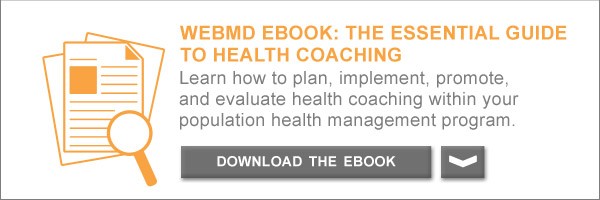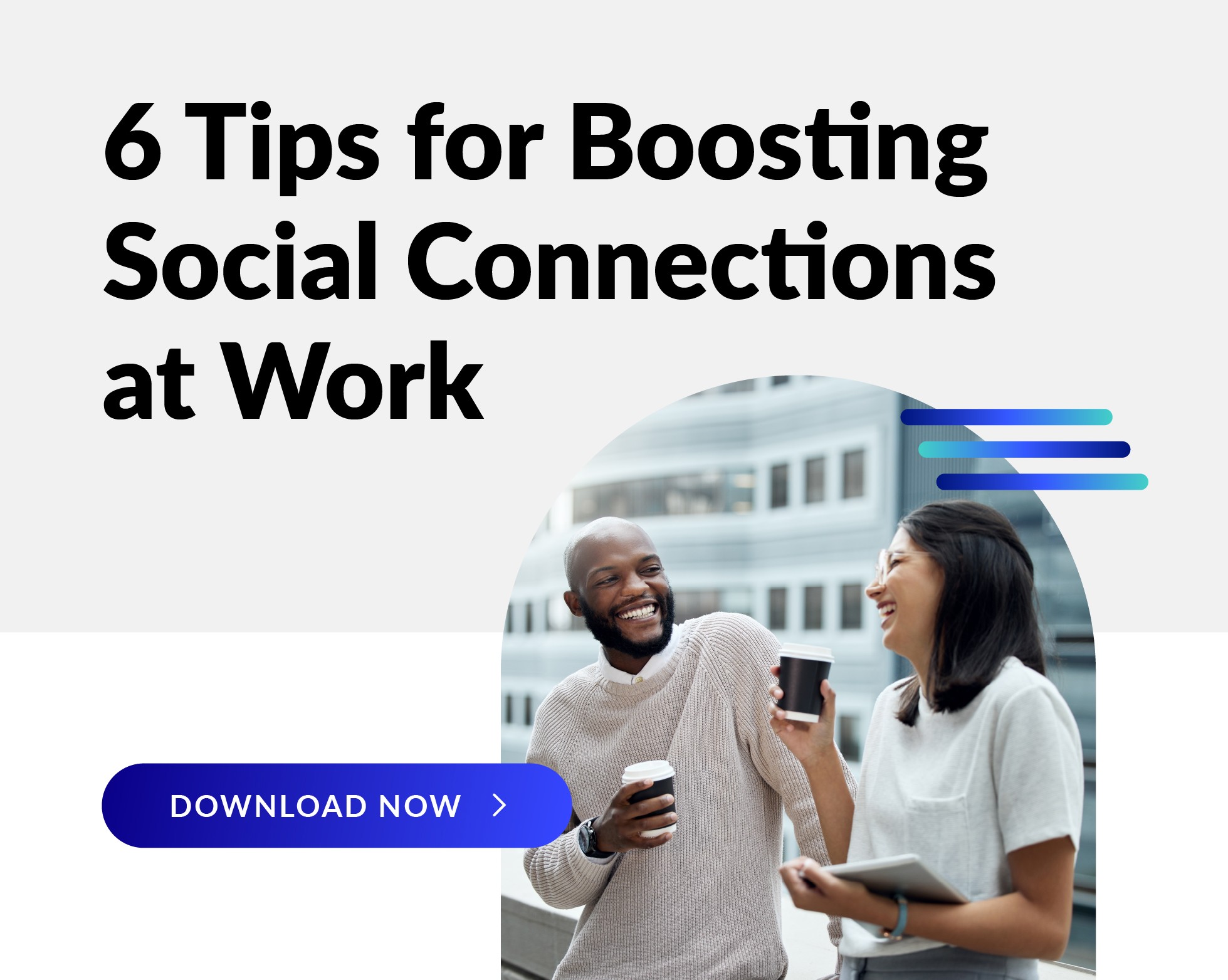 If health coaching is new to your population, it’s important not to move too fast. You need to prepare people for the change. Help them understand what health coaching is, why you’re offering it, and what the benefit is to them. Build trust in your organization’s motives for offering health coaching, and make sure people understand the security and privacy safeguards you’re putting in place.
If health coaching is new to your population, it’s important not to move too fast. You need to prepare people for the change. Help them understand what health coaching is, why you’re offering it, and what the benefit is to them. Build trust in your organization’s motives for offering health coaching, and make sure people understand the security and privacy safeguards you’re putting in place.
Watch for barriers to engagement, or even opposition
To anticipate what those might be, analyze your population’s response to some of your past initiatives. What were people most worried about? Group meetings before launching your program allow you to listen to people’s concerns and then develop communications to address them.
Get executive buy-in
[pullquote]WebMD clients who have highly engaged senior management have an average health risk assessment completion rate that is 32% higher than those whose senior management is not engaged. [1. Study population of 1,746,680 employees from 52 WebMD employer/government clients during analysis time frame of calendar year 2010.][/pullquote]Communicating to all levels of management is just as important as communicating to employees. If your managers don’t understand your program or how well it’s working, they’re much less likely to support it. An executive champion can make a huge difference. This person believes in the importance of health and wellness, and is in a position to support it. If you design your program to match that person’s vision and regularly let him or her know how the program is succeeding, you’re much more likely to retain that person’s support.
Put required elements in place before you dive in
Annual health risk assessment (HRA)
In order to proactively target and engage the right coaching participants, you need to capture current health data. The best way to do that is with an annual health risk assessment (HRA). For many organizations, the HRA is a required element for participation in any wellness program, and is the only way participants can earn rewards or health insurance premium reductions. If that expectation is already established and accepted, it’s that much easier to add lifestyle and behavior management programs – including health coaching. Participants should be required to complete a new HRA annually to ensure the most accurate responses are used to target participants for coaching.
Biometric screenings
Biometric screenings are an excellent way to get accurate, timely health data to identify coaching participants. Screenings should be administered just prior to the launch of the annual HRA event. Participants can upload new biometric data after completing the HRA for the year without impacting their coaching qualifications.
Contact information
We recommend a combination of outbound calling and messaging to engage participants and keep them motivated over time – that means accurate contact information is vital. Talk to your vendor about how they collect contact information, as this can be a critical element in engagement. If your organization has a large offline population (people who don’t have access to computers) be sure to capture mailing addresses so you can send coaching materials to eligible participants’ homes.
Integration with other resources
Make the best use of all of your health management resources. Make sure coaches are aware of the programs and tools that are available to participants so they can refer them to appropriate resources. Those might be things like employee assistance programs (EAPs), wellness challenges, and health screenings, as well as, onsite resources such as gyms or clinics, or online resources such as health trackers, articles, or message boards.


